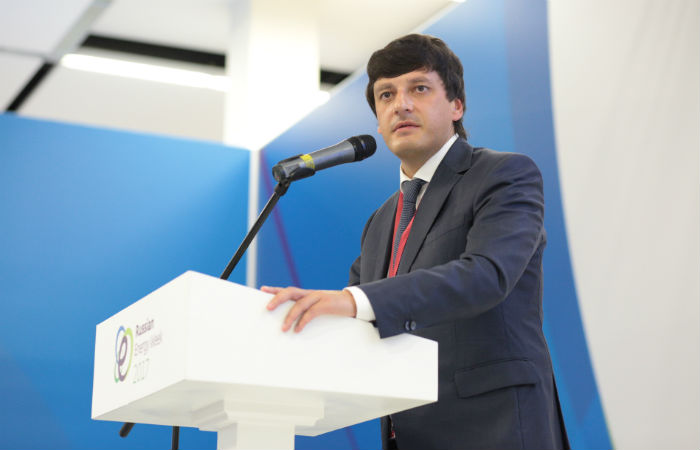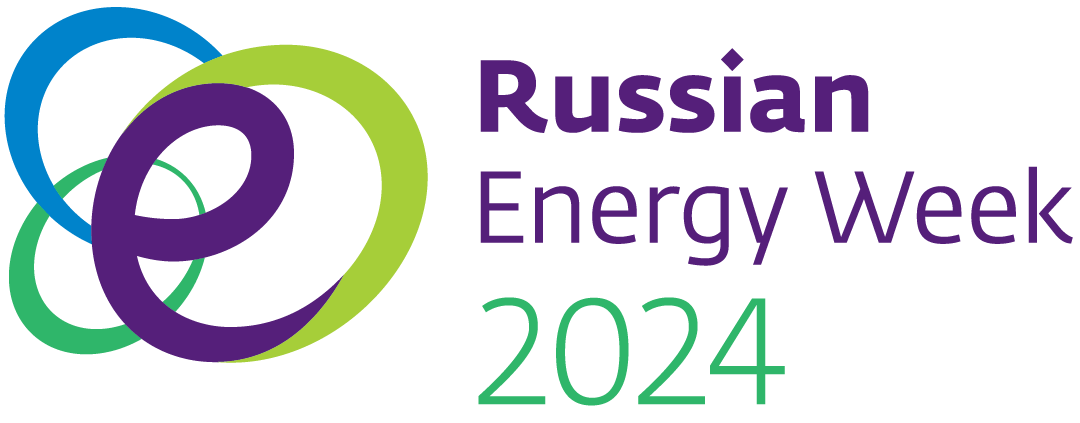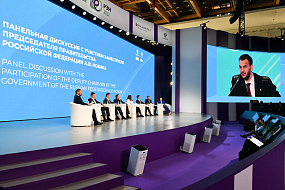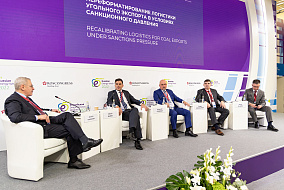Russian Ministry of Energy presents energy efficiency rating of Russian regions

Russian Deputy Minister of Energy Anton Inyutsyn said during Russian Energy Week that the goal of the rating is to intensify the work of the regional authorities as regards increasing energy efficiency in the public sector.
“Public policy is focused on ensuring the quality of heat supply for citizens and its effectiveness, and work in this regard will only intensify”, Inyutsyn said, noting that the Ministry of Energy is open to proposals from the regions and the professional community to improve the rating, which will become an annual event.
“This issue was discussed with activists from the All-Russia People’s Front back in 2015, and a year later the Ministry of Energy developed a road map to improve the situation in this area”, Inyutsyn said. “Experts from the All-Russia People’s Front and the professional community assumed public control over its implementation in the regions. As for the rating itself, it allows you to conduct this work point-by-point, while immediately focusing on problems”.
As part of the rating, all the country’s regions are divided into three groups according to the level of budget support as calculated by the Ministry of Finance. This is due to the fact that the vast majority of the rating components directly depend on a region’s budget capabilities.
Experts from the Ministry of Energy used several key factors when compiling the rating: the inclusion of energy efficiency indicators in state programmes, the implementation of the mechanism of energy declarations, the energy efficiency of street and road lighting, and the energy efficiency of electricity supply in the public sector.





